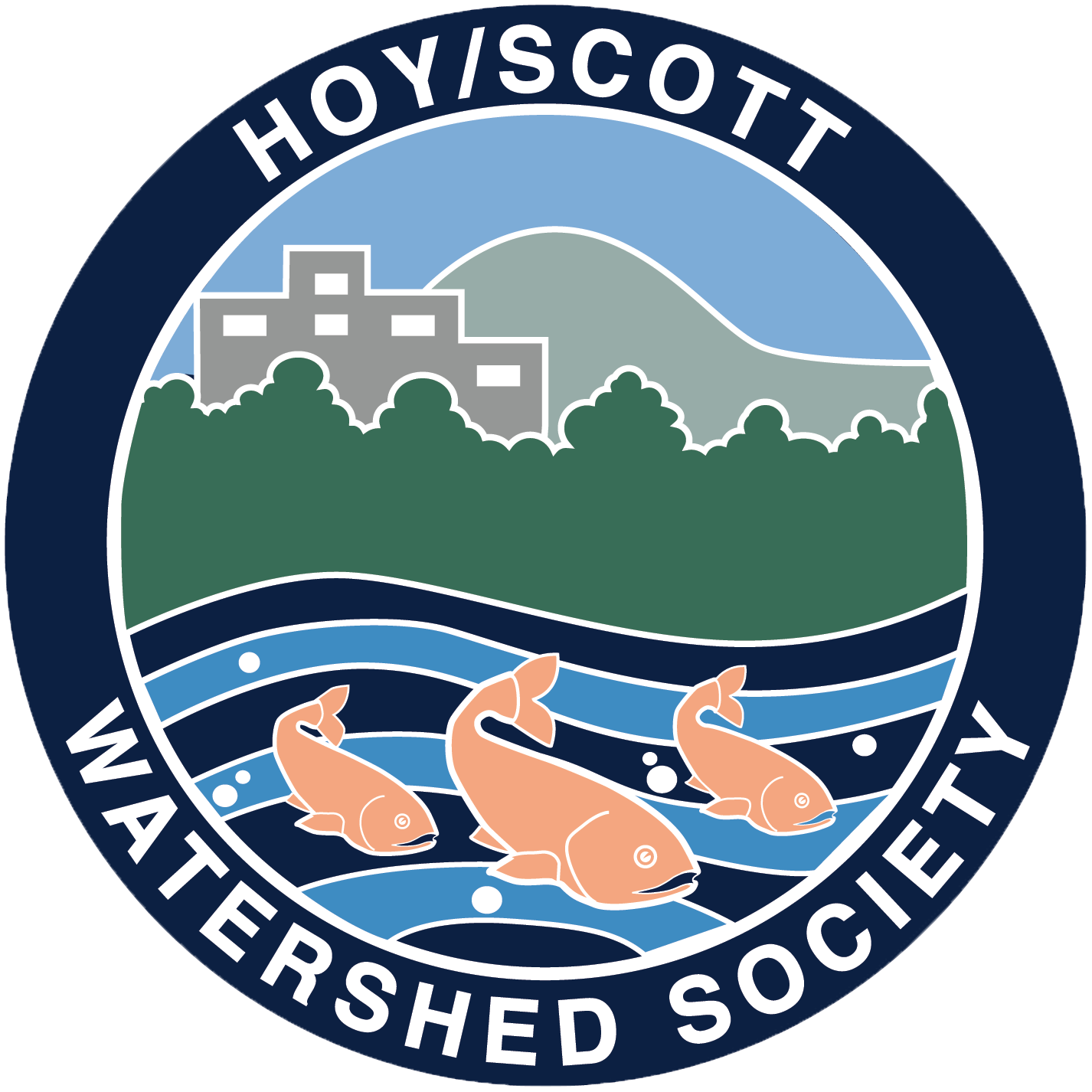Hoy/Scott Watershed Society conducted our annual rearing pond salvage on May 29.
Coho smolts were released on May 18. The floor boards were removed. The water drained from the pond leaves lots of discoveries for invertebrates and crustaceans like crayfish, stoneflies and lamprey. We found crayfish, coho fry and smolts and caddis fly. All were released into the stream.
Thanks to our volunteers who helped out.
After the salvage, the City of Coquitlam arranges for the pond mud and sediment to be removed via McCrae's Environmental Services (a vacuum truck), and then the pond will be pressure washed and floorboards returned. The creek water will then be reintroduced to make way for the transfer of Coho fry from the hatchery.
This year our back pond area will also be cleaned.
A final look in the rearing pond before dark.





